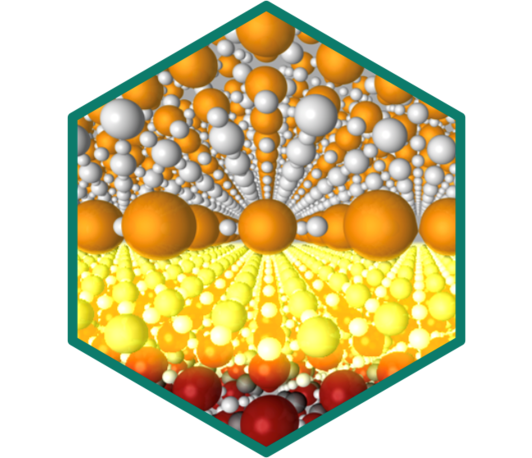Polarization Effects in III-Nitride Nanowire Heterostructures
- Date: Sep 12, 2024
- Time: 11:00 AM - 12:00 PM (Local Time Germany)
- Speaker: Martin Eickhoff
- Institute of Solid State Physics, University of Bremen
- Location: Max Planck Institute for Solid State Research
- Room: 7D2
- Host: Dep. Solid State Quantum Electronics

Group III-nitride (III-N) nanowires (NWs) and nanowire heterostructures(NWHs) are a topic of current research as they offer the possibility ofrealizing novel, nanoscale optoelectronic devices with improved stability andefficiency or the perspective of improving electronic devices due to their lowdensity of structural defects. Moreover, NWHs can also serve as an ideal modelsystem for the analysis of carrier confinement, carrier dynamics and internalelectric fields, as the influence of structural defects on the optical propertiesis remarkably low.
We report on the structural and optical properties of III-N NWHs with afocus on internal electric fields in GaN nanodiscs (NDs) axially embedded inNWHs. The presence of strain- induced radial and polarization-induced axial internal electricfields is demonstrated and the latter canbe probed by studying the effect of superimposed external electric fields on thephotoluminescence characteristics of single NWHs. The results are compared tothose obtained from a recently developed direct measurement technique usingtransmission electron microscopy.
Efficient n-type doping Germanium as a donor facilitates electrostaticscreening of polarization-induced internal electric fields. While thethree-dimensional carrier confinement in non-intentionally doped AlN/GaN NWHs enables long exciton lifetimes up to 5 µs, this isreduced by almost two orders of magnitude in case of Ge-doping. Further control of the growth conditions allows the realization of self-organized GaN quantum wires with diameters below 5 nm on AlN/GaN NW templates that unique opticalproperties. As an outlook, possible applications ofNWH-based devices are discussed.